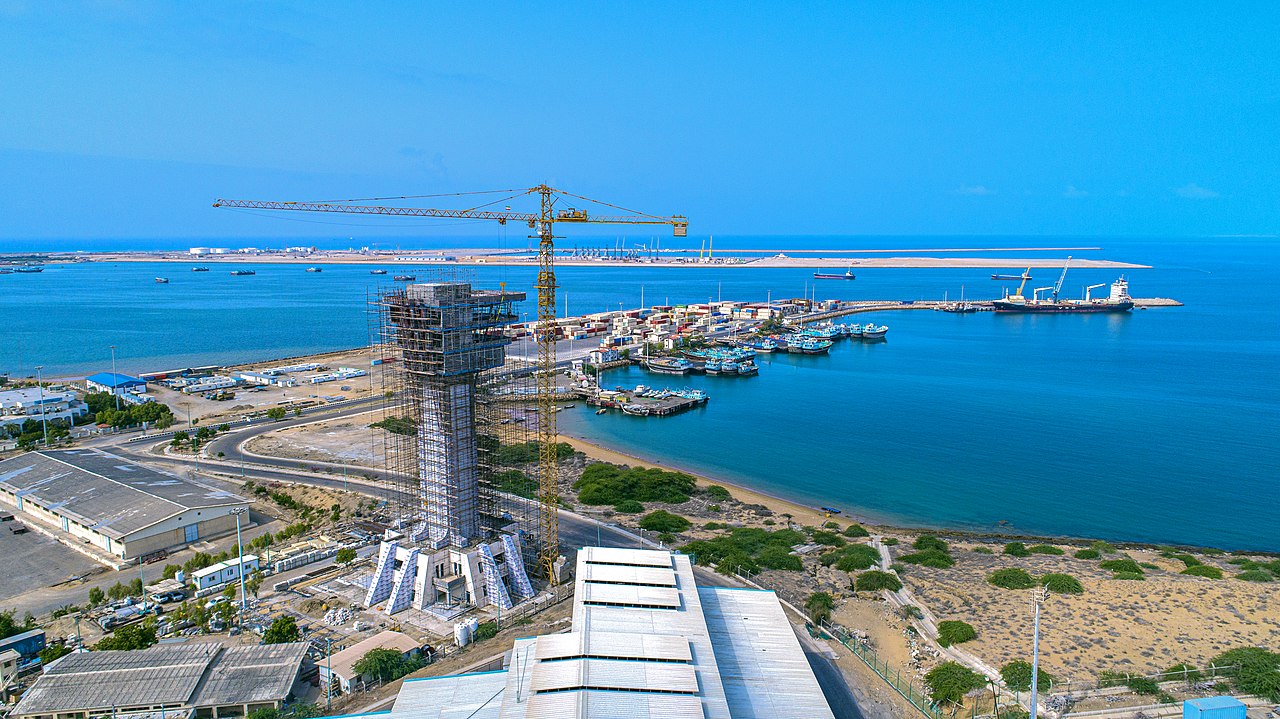Here are China’s sights on Iran’s ports

China has opened a direct shipping line with the port of Chabahar, Iran. The infrastructure is useful for Beijing's geopolitical designs: that's why
Is China Landing in Iran to Become a Global Maritime Power?
Iran's semi-official Tasnim News Agency said China's first container ship has docked at the port of Chabahar in southeastern Iran, overlooking the Gulf of Oman.
WHAT CHANGES WITH THE DIRECT NAVIGATION LINE
The news is important because it certifies the opening of the first direct shipping line between China and the port of Chabahar.
Until a few days ago, Chinese boats bound for Iran docked in Bandar Abbas, the capital of the province of Hormozgan, in the south of the country. From here, their cargoes were transported to Chabahar in the province of Sistan and Baluchistan in small vessels.
The direct shipping line has the advantage of reducing shipping times and expenses between China and Chabahar: it takes ten days less, and the cost of loading and unloading ships is reduced by $400 per container.
THE IMPORTANCE OF CHABAHAR FOR IRAN
Chabahar is a port of great economic and political importance for Iran because it is its only ocean port overlooking the Gulf of Oman. Access to the Gulf of Oman, and its communication with the nearby Persian Gulf, is guaranteed by the Strait of Hormuz, a crucial "bottleneck" for maritime transport, especially oil.
To enhance its maritime projection and relevance in international trade, Iran has finalized an investment plan for port development. Currently the infrastructure consists of two terminals, Shahid Kalantari and Shahid Beheshti, each with five berths.
THE CHINESE GEOPOLITICAL DESIGN
But Chabahar is also very important for China, above all for its geographical position: it is located about 120 kilometers southwest of the Pakistani province of Balochistan, where the large port of Gwadar is located, which it financed with its own resources.
Beijing wants to secure wider access to the Indian Ocean through a series of infrastructure projects that connect the various chokepoints of maritime trade. The plan aims to create a long "string of pearls" whose most precious jewels are Myanmar (the port of Kyaukpyu, above all), Pakistan (Gwadar) and Djibouti, in East Africa.
The Indian Ocean has an evident commercial importance for China: its waters are rich in fish, energy deposits, minerals and sand suitable for building. But this area has a relevance that goes beyond economic aspects, because it is crucial both for China's national security and for its projection of power abroad.
BETWEEN "DILEMMA OF MALACCA" AND "NECKLACE OF PORTS"
The Indian Ocean is in fact one of the most important transit areas for the maritime trade of oil, and a large part of the energy consumed by China – it is the largest importer of crude oil in the world – passes right through here. For decades, Beijing has been trying to resolve the so-called "Malacca dilemma", i.e. the extreme dependence on the homonymous strait between Malaysia and Indonesia for oil supplies: if the strait were to block for some reason (due to an accident, or due to the intervention of a rival state), China's energy security would be at risk, with all the possible economic and social consequences.
The design of the "string of ports" responds yes to a defensive purpose, but also to an expansive one: geopolitical supremacy has historically focused on the domination of critical junctions for connections; the control of many ports in the region, then, is also useful from a military point of view. It is no coincidence that the first and only Chinese military base abroad is located in Djibouti: it was opened in 2017 and is used to monitor the Bab el-Mandeb strait, between the Red Sea and the Indian Ocean.
THE PORT OF JASK
China is not only interested in the Iranian port of Chabahar but also in that of Jask, on the Gulf of Oman and close to the Strait of Hormuz. Control of the port of Jask would give Beijing a commercial and therefore strategic, but also a military advantage: in fact, the fifth fleet of the US Navy is based in the Persian Gulf.
THE ROLE OF INDIA
Chabahar's strategic value has also caught the attention of a rival nation of China: India. New Delhi is very focused on the western portion of the Indian Ocean, overlooked by Pakistan, its adversary and ally of Beijing.
In May 2016, Iran, India and Afghanistan signed a Chabahar Port Agreement to expand New Delhi's commercial access to Central Asia. India has undertaken to install and operate container loading and unloading machinery, such as mobile harbor cranes, at the port.
– Read also:All the billion-dollar plans of Russia and Iran on trade
This is a machine translation from Italian language of a post published on Start Magazine at the URL https://www.startmag.it/smartcity/cina-porto-chabahar-iran/ on Wed, 04 Jan 2023 06:13:37 +0000.
